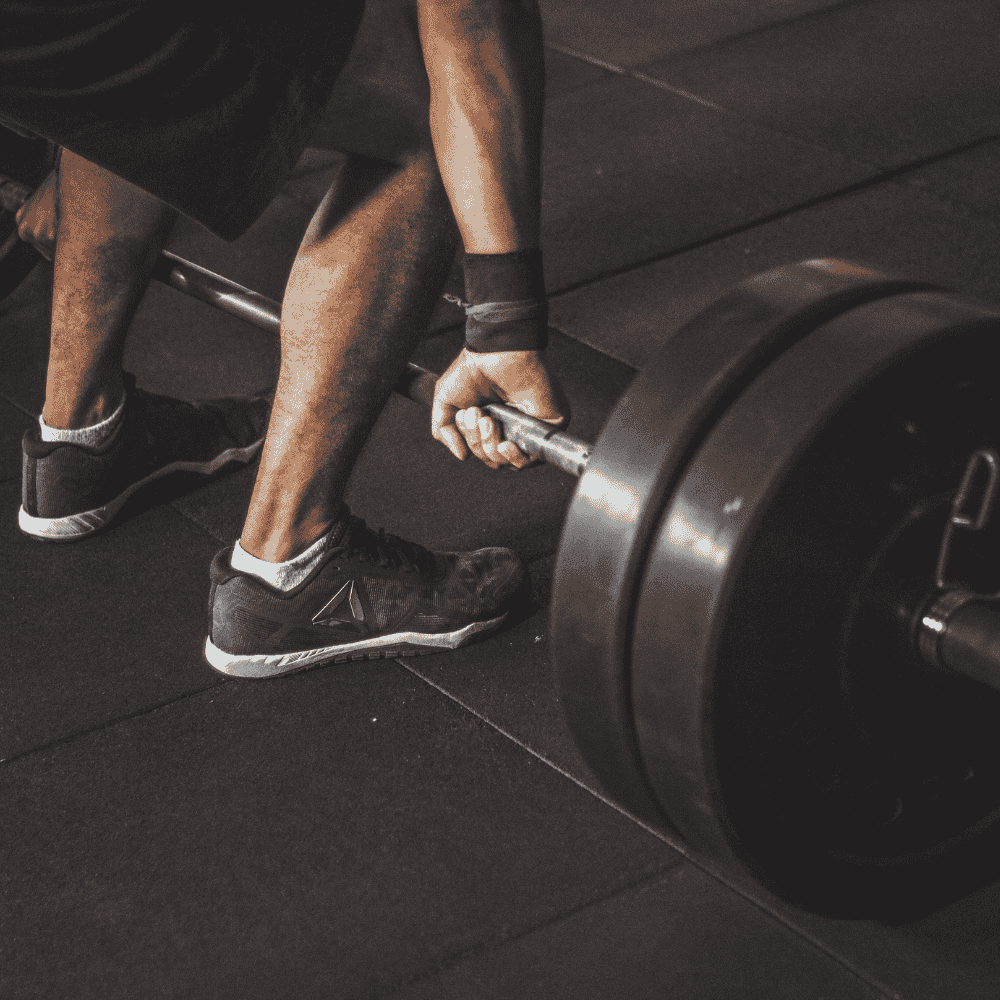If you’re looking to build stronger legs and improve your lower-body strength, the hack squat deserves a spot in your workout routine.
It’s a powerful variation of the traditional squat that targets your quads, glutes, and hamstrings with incredible precision — and it’s perfect for both gym training and home workouts using adjustable dumbbells or resistance bands.
Let’s break down the benefits of hack squats, how they work, and why they’re one of the most underrated exercises for developing leg power and balance.
What Is a Hack Squat?
The hack squat can be performed on a machine or using free weights, depending on your setup.
On the hack squat machine, you stand at an angle with your back supported and shoulders under pads, then push upward to extend your legs.
If you train at home, you can perform a barbell hack squat by holding a barbell or dumbbells behind your legs and squatting down while keeping your back straight.
Unlike a traditional squat — where the weight is positioned above your shoulders — the hack squat keeps the load slightly behind your body, putting more emphasis on your quadriceps and less stress on your lower back.

What Muscles Do Hack Squats Work?
Hack squats are a compound movement, meaning they engage several muscles at once. Here’s what gets worked:
Quadriceps: The main target. Hack squats isolate your quads more than regular squats, helping you develop strength and muscle definition in the front of your thighs.
Glutes: Your glutes assist in driving up from the bottom of the movement, contributing to hip extension and power.
Hamstrings: These muscles stabilise the knees and help control the downward phase.
Calves: They support your ankles and maintain balance through the lift.
Core: Your abdominals and obliques engage to stabilise the spine and maintain proper posture.
The result?
Strong, sculpted legs and improved overall lower-body stability.
Top Benefits of Hack Squats
1. Build Stronger Quadriceps
Few exercises isolate the quads as effectively as the hack squat. Because of the machine’s angle or bar position, your quads take the majority of the load. This makes it ideal for building both strength and size in the front of your thighs.
If your regular squats are dominated by glutes and hamstrings, adding hack squats helps correct muscular imbalances and creates balanced leg development.
2. Support Knee Health and Mobility
When performed with proper form, hack squats strengthen the muscles surrounding your knees, enhancing joint stability. By developing your quadriceps and hamstrings evenly, you can reduce the risk of knee pain caused by muscle imbalances.
For added knee support, focus on controlled movement and avoid locking your legs at the top of the rep.
3. Improve Posture and Core Stability
Because the hack squat keeps your back supported, you can focus on driving through your legs without worrying about spinal pressure. The movement encourages proper posture and reinforces the core muscles that stabilise your torso during heavy lifts.
This makes it especially beneficial for anyone who struggles with balance or back discomfort during traditional squats.
4. Reduce Lower Back Strain
One of the biggest benefits of hack squats is that they take the pressure off your lower back. With your spine supported and the load positioned behind you, the exercise reduces stress on your lumbar region while still delivering an intense leg workout.
This makes it a great option for people recovering from back issues or those who want to build leg strength safely.
5. Enhance Athletic Performance
Strong legs are essential for nearly every sport — from running and cycling to football and basketball. Hack squats help you develop explosive power, balance, and endurance, improving your ability to sprint, jump, and change direction efficiently.
They also build functional strength that carries over to real-life movements like climbing stairs, lifting heavy objects, and improving overall coordination.
6. Perfect for Progressive Overload
Hack squats allow for consistent, controlled progression. Whether you’re using a machine, barbell, or dumbbells, you can easily increase resistance as your strength improves.
If you train at home, start with adjustable dumbbells from KEFL to perform hack squats safely and increase the load gradually over time.
Progressive overload — the act of gradually increasing weight or reps — is key to muscle growth, and hack squats make it simple to apply.
7. Great Alternative to Traditional Squats
Not everyone can comfortably perform back squats due to flexibility, mobility, or back limitations. Hack squats offer a safer and more joint-friendly alternative that still targets the same major muscle groups.
They’re also a fantastic option for those looking to switch up their routine and challenge their legs from a different angle.
Hack Squat vs Regular Squat: What’s the Difference?
While both exercises strengthen the lower body, their mechanics differ:
Hack Squat |
Regular Squat |
Emphasises quadriceps |
Balances glutes, quads, and hamstrings |
Reduces lower-back load |
Engages more stabilising muscles |
Easier to learn for beginners |
Requires more technique and mobility |
Great for controlled reps |
Builds overall functional strength |
Both have their place in a balanced leg workout. The best approach is to combine them — use hack squats for quad-focused strength and back squats for full lower-body development.

How to Perform a Hack Squat Properly
Follow these steps for proper form and maximum results:
Set up your position:
Stand with your feet shoulder-width apart, toes slightly turned out.Grip the weight:
If using a barbell, hold it behind your legs; if using dumbbells, hold one in each hand at your sides.Lower yourself slowly:
Bend your knees and hips, keeping your chest lifted and back straight.-
Drive upward:
Push through your heels to stand up, squeezing your quads and glutes at the top. -
Control the movement:
Avoid locking out your knees and maintain tension throughout the exercise.
Home Hack Squat Alternatives
No machine? No problem.
You can replicate the benefits of hack squats at home with KEFL’s adjustable dumbbells, benches, and resistance bands:
Dumbbell Hack Squat: Hold dumbbells behind your legs and squat down slowly.
Resistance Band Squat: Step on the band and loop it over your shoulders for controlled tension.
Wall Squat Hold: Strengthen quads and glutes by holding a seated position against a wall.
These alternatives allow you to work the same muscles effectively with minimal equipment.
Final Thoughts
The hack squat is one of the most powerful exercises for developing leg strength, quad size, and lower-body balance.
Whether you’re training in a gym or at home, incorporating this movement into your routine helps improve posture, joint stability, and overall athletic performance.
Remember — the key to progress is consistency and good form.
Focus on controlled reps, engage your core, and gradually increase resistance over time.
With just a set of adjustable dumbbells and a solid routine, you can unlock all the benefits of hack squats and build stronger, more defined legs — no machine required.










